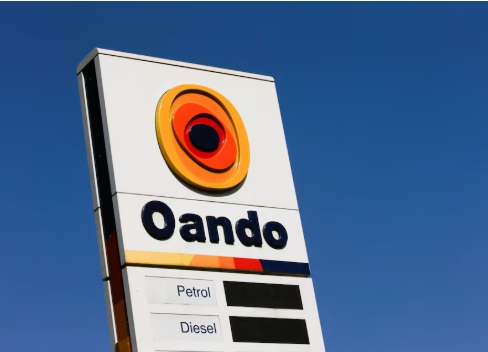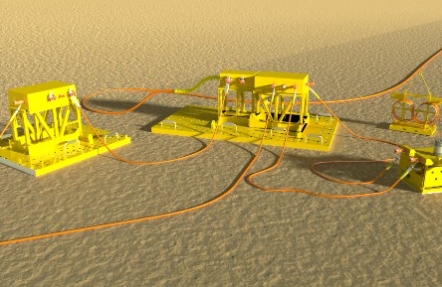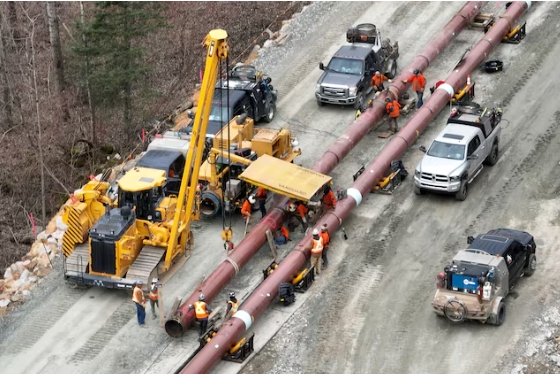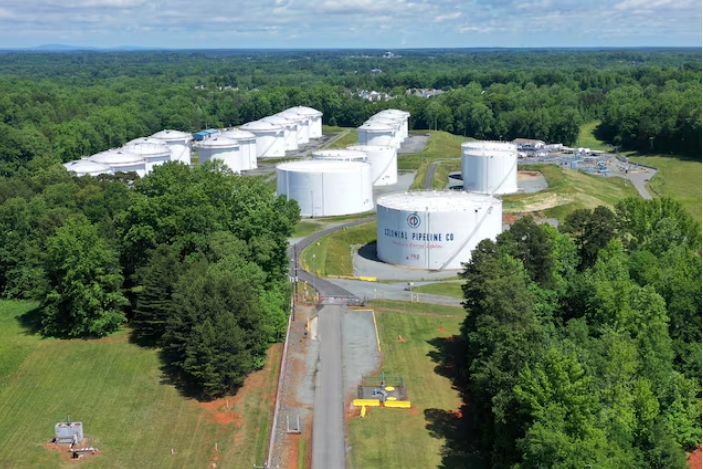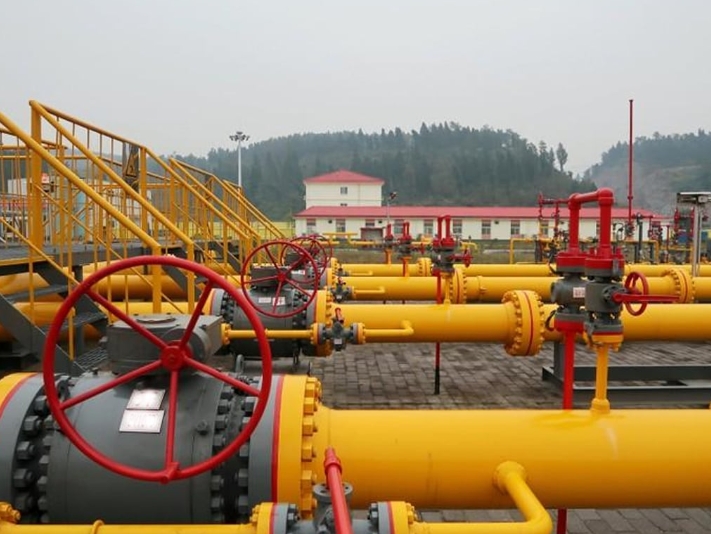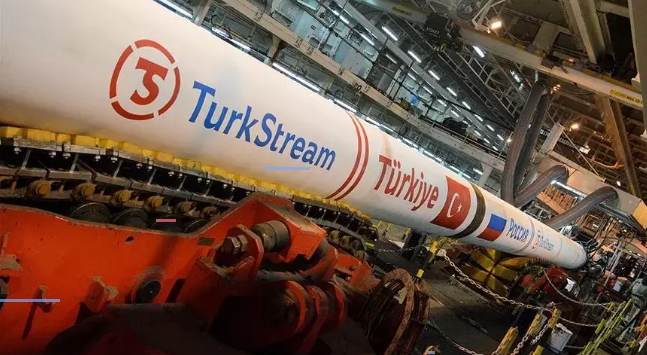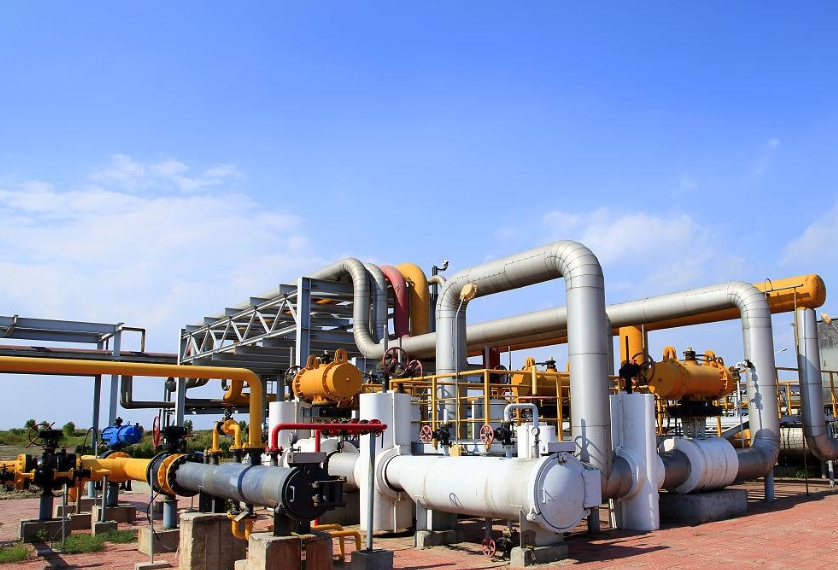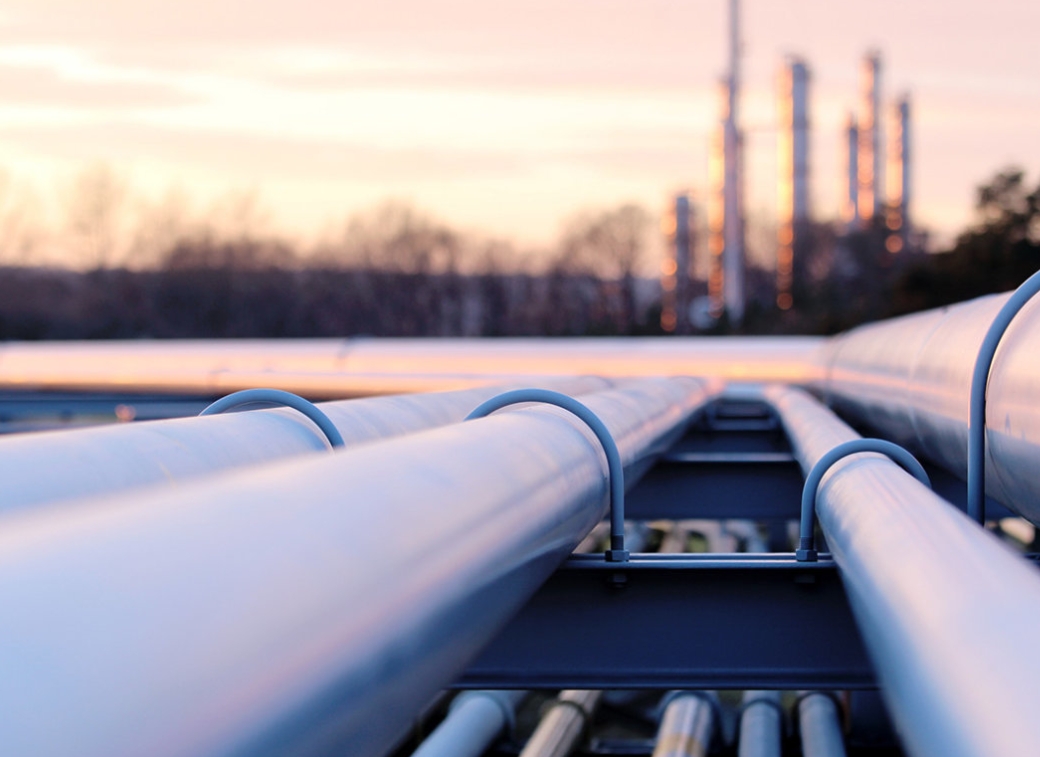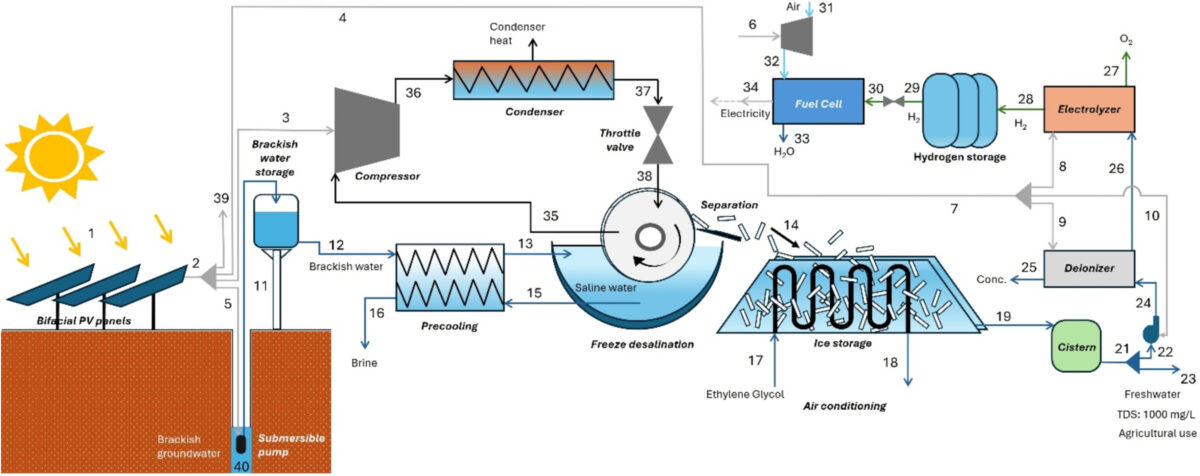
Researchers from Qatar's Hamad Bin Khalifa University (HBKU) have proposed a novel PV-powered, multipurpose system for agriculture in desert environments.
The standalone system includes water desalination, green hydrogen production, air conditioning, and electricity production. The system's performance was simulated based on thermodynamic principles.
“Agricultural activities in remote desert locations face significant challenges due to high water and energy demands and the lack of necessary infrastructure,” the scientists said. “Efficient utilization of naturally available energy and water sources for the supply of essential commodities would greatly support the execution of agricultural activities in desert climates.”
The system features 10,785 square meters of bifacial c-Si PV panels, with each module producing 600 W at 23.2% efficiency under standard testing conditions. The system generates 1.5 MW of electricity, allocating 100 kW for direct energy supply to farmers. The remainder powers the standalone system, which initially pumps and precools groundwater.
A vapor compression cycle with R134a refrigerant supercools saline water for freeze desalination, where ice crystals form from pure water while excluding salts and impurities. The ice is stored, and its cold energy is recovered during melting for air conditioning. The melted ice can also be used for agriculture.
“A portion of the produced water is further purified in an electro-deionization module below an electrical conductivity of 1 μS/cm,” the academics said. “A proton exchange membrane (PEM) water electrolyzer is employed to utilize the de-ionized water for hydrogen production. High purity compressed hydrogen produced by the PEM electrolyzer is stored in metal hydride storage tanks. A fuel cell is integrated with hydrogen storage to generate electric power during times when solar energy is insufficient or not available.”
The scientists explained that freeze desalination and ice storage air conditioning run continuously throughout the day. The electrolyzer operates for eight daytime hours, while the fuel cell runs at night for 16 hours. Simulations assume a temperature of 30 C, 50% relative humidity, atmospheric pressure of 101.325 kPa, and a wind speed of 5 meters per second.
“The system generates 311.3 m3/day groundwater, 52.8 m3/day ice, 6271.2 kWh/day cooling, 1,581 L/day demineralized water, and 177 kg/ day hydrogen,” the scientists said. “Daytime produced hydrogen is stored in metal hydride tanks with a total volume of 3 m3 to operate 229.7 kW- fuel cell through the night for continuous operation. Hydrogen release from metal hydride tanks is facilitated by applying the heat (129.2 kW) recovered from the fuel cell stack. Total membrane area for the electrolyzer and fuel cell stacks are calculated to be 52.6 m2 and 36.7 m2, respectively.”
The standalone system produces 6.3 MWh of air conditioning per day. Its energetic and energetic efficiency are calculated as 17.8% and 13.5% during the day and 56 % and 34.9 % during the night, respectively.
“This synergic integration aims to utilize input energy efficiently,” the academics concluded.
They described the proposed system in “Integrated solar-powered freeze desalination and water electrolysis system with energy recovery and storage for sustainable agriculture in desert environments,” which was recently published in Desalination.
